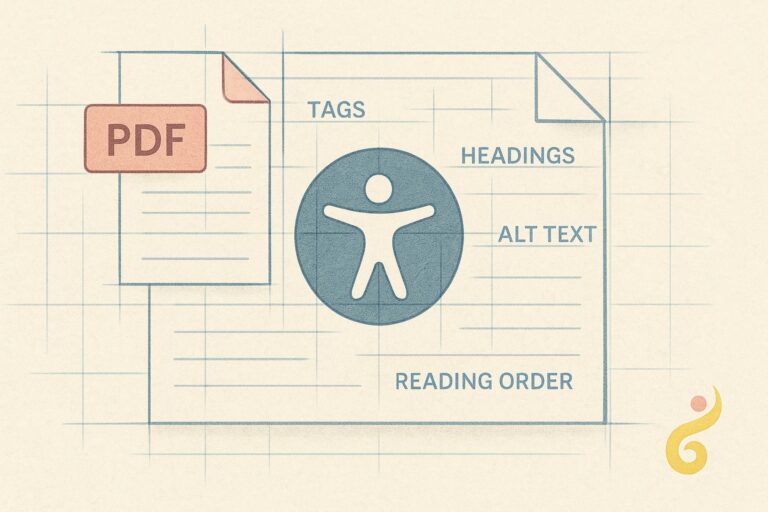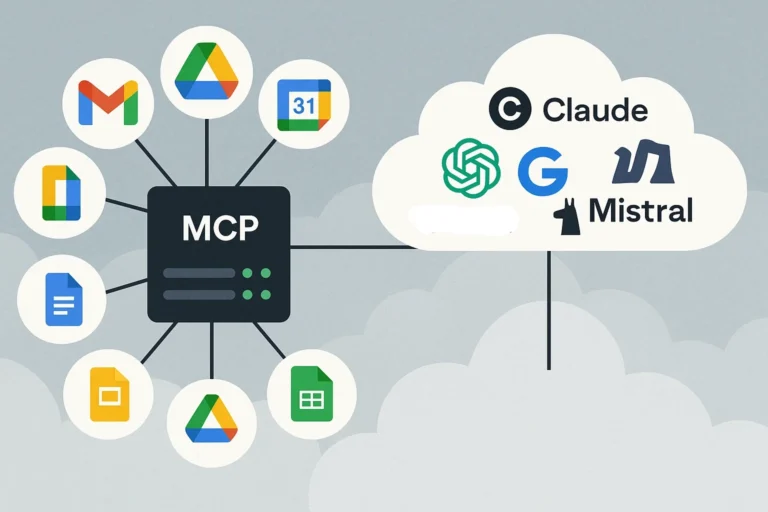So, I know that everyone that has dealt with standards has the same deep, innate respect for the PDF format that I do. Just like the OSI 7 layer networking model, the PDF has gracefully grown over time.
Well thought out, without any accumulated cruft, the PDF stands tall as the format every one of us points to as – “That’s what I want to be when I grow up.”
And then I wake up and change my t-shirt from the cold sweat that has soaked through.
(We’re just going to go ahead and break the fourth wall here, because the next number is hard to joke about.) I was doing some research, and I wanted to make some joke about the number of PDFs out there, and then I saw the actual number.
2.5 trillion.
Holy Garbanzo Beans.
Even when I understand that 98% of businesses use PDF as their primary information sharing document format. (Ok,that stat is courtesy of Smallpdf, a company that has some skin in the game here, but it’s something that feels right because, well, what the hell are the other 2% using?)
Even when I really think about this, I’m having trouble just conceptualizing this. That’s a lot of documents. Documents that have questionable archivability. Documents that have really questionable accessibility. And that’s what we’re here to talk about. I use the title of “remediation” – and remediation is how you can turn a PDF of questionable accessibility into a PDF of good accessibility, excellent accessibility if done right.
What is accessibility, you might be asking? It’s the ability of someone with any sort of disability to access a PDF. Much of the “technical” part of accessibility is aimed at screenreaders for blind people. What about deaf people, you are probably asking, how are they reading these?
…
🙂 (Ah, the jokes, they just write themselves.)
Having gotten that out of my system, there are other disabilities that actually are relevant – cognitive disability ranking high there – making sure that the content of the PDF will be accessible to those who need it – that’s important. This can do with reading order, or with appropriate use of tables and headers.
What’s the Rush?
Here’s where things get urgent. The U.S. Department of Justice dropped new ADA Title II regulations in spring 2024 that have government agencies scrambling. If you’re a state or local government entity serving 50,000+ people, your digital content—websites, apps, and yes, all those PDFs—must meet WCAG 2.1 AA standards by April 24, 2026. Smaller agencies get until April 26, 2027.
That might sound far away, but when you’re staring at thousands (or hundreds of thousands) of documents, two years evaporates quickly. And non-compliance isn’t just a slap on the wrist—we’re talking DOJ investigations, legal actions, and mandatory remediation. And liability to private lawsuits as well. That’s not a small threat.
Now, while most of the rest of this is aimed at governments – private institutions have some skin in the game as well. Individuals with disabilities represent significant markets, both in numbers and in influence. In addtion, ADA Title III requires that places of public accommodation (i.e., most commercial institutions open to the public) provide equal access and effective communication at all times. A business is expected to maintain accessibility continuously — and the DOJ generally asserts that websites and PDFs is included under that umbrella. Is it the bright line that the ADA Title II enfocement has laid down? Not really. But that doesn’t mean it isn’t important and relevant.
The Technical Bar
Right now, the de facto test of “are you remediated” is called the PAC test. The current PAC 2024 (releasing August 2025) checks that your document passes both WCAG 2.1 and PDF/UA standards. Think of it as the strictest teacher you ever had, but for PDFs.
Right now, the de facto test of “are you remediated” is called the PAC test. It looks to see if you can pass two specific standards: PDF/UA and WCAG 2.1. These are not trivial specifications – you have to be concerned with everything from font embedding to making sure there is a tag for everything and those tags are all in the right place.
If you have a Windows machine (or can route around not having one) go download the PAC tool yourself and check against these two standards.
Why I’m in This Fight
I come from a background of AI and natural language processing. For decades, I’ve been knee-deep in document processing—I was CMO at Lexalytics, where our software handled billions of documents per day. I look at these problems through this lens – as they say “when you have a hammer, everything looks like a nail” – or in my case “a word.”
But here’s where it gets interesting: tables and forms. Everyone has tables or forms. Government agencies practically run on tables and forms (look, I’m not going to keep saying “tables and forms”, just take the “tables” as read). And forms are particularly nasty when it comes to accessibility.
So, rather than trying to compete with all the boring companies doing boring PDF documents, I picked the hardest corner of remediation. And now, with the tools and expertise that I’ve built, you give me a form—whether it’s in Word or PDF format—and I can make it pass the August 2025 version of the PAC 2024 PDF U/A and WCAG 2.1 test. (AKA, the best objective measure of accessibility that we have.)
Put differently, I have climbed the mountain of accessibility and I have returned victorious with the sword of remediation with which I can slay the most feared beast – that of the dread MSWord Form. (Or some other analogy that you might be more comfortable with.)
Put even differently, I can remediate any of:
- Basic PDF
- PDF Tables
- PDF Forms
- PDF Forms with calculations (true Javascript porting is in development)
- MSWord Tables (to compliant PDFs, no way am I publishing remediated raw MSWord)
- MSWord Forms (to compliant PDFs)
The AI Advantage (Without Giving Away the Secret Sauce)
AI changes everything about remediation efficiency. Where traditional remediation might require hours of manual tagging and testing per document, AI-enabled processes can handle the heavy lifting of field identification, placement, sizing, and tag tree management.
The result? A compliant document that won’t choke your screen reader, at a fraction of the traditional cost and time.
And with a smile, because that’s just who I am, someone who overuses emoticons.
🙂
Do you really need the law to make you do the right thing?
This is obnoxious, I know. But I’m not necessarily wrong. These problems exist outside of government legislation. Blind people need to read the documents. (As do the deaf. 😉 ) The folks with deuteranomaly are still going to have trouble discerning that red bar from that green bar on your chart. Individuals with cognitive difference still need to understand the instructions to enroll in your programs.
Why wait for a year or two for the ADA requirements to force you to help them? I don’t have all the solutions – some issues, like rewriting to optimize for congnitive differences isn’t part of my system. (I mean, “yet.”). But I can make them better. Or even if you just choose to do low hanging fruit – snag them. Do the highest-downloaded documents. Do the ones you have the most complaints on. Look, my email address is on the contact-me. If you’re in a place where you don’t have the budget and you need to do them yourself – ping me and I can help you out, sometimes with advice, sometimes with remediation. It really is going to depend.
The Bottom Line
With 2.5 trillion PDFs out there and hard deadlines approaching, remediation isn’t optional anymore—it’s essential.
Wait, wait…here’s where I get to say “It’s not just a good idea, it’s the law…”*
If you’re sitting on a pile of documents—especially forms—that need to be accessible by 2026 (or 2027), you need to start yesterday. The good news? With the right AI-enabled partner, it doesn’t have to break the bank or take forever.
I’m offering remediation services that are efficient and cost-reasonable precisely because they’re AI-enabled. Not AI-automated, this stuff still needs human expertise (sure, not because it’s magic, just because it’s not there yet). Instead, AI-enhanced in ways that make the really difficult merely annoying.
I’m not the only one offering remediation services. However, I have a special love for forms. I believe that your other PDFs are ez-pz lemon squeezy. However, I can turn both MSWord forms and PDF forms into PAC 2024 (August 2025 version) compliant forms – PDF U/A and WCAG 2.1. I’ve even done it for documents that over a decade old. (A disturbingly common occurence.)
I know you’re got more than a few laying around, just waiting for the trap of the forthcoming legal minefield. Or maybe you just want to do the right thing and make sure that everyone can get to your content. That’s good! Ping me and I can hook you up.
*I ended up looking up where this meme originated, and it was much earlier than I thought. Being a GenX’er, I thought it was some early 80’s thing, as it was a meme even before the word meme, well, “memed.” Turns out it was from a 70’s ad campaign. Probably ’74 as that’s when the OPEC oil embargo spawned the nationwide 55mph speed limit law that, in turn, spawned said ad campaign that, while the speed limit was repealed, lives on in our nation’s consciousness through posts like this one.





